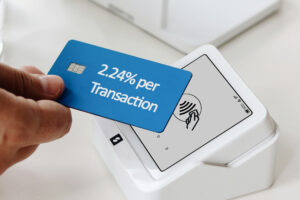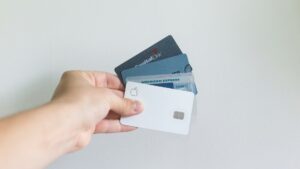Spotting a strange charge on your credit card statement can be alarming — and unfortunately, credit card fraud is more common than ever. Whether it’s a $500 charge you don’t recognize or a $2 subscription you never signed up for, don’t ignore it.
Acting quickly not only helps protect your money, but it also minimizes damage to your credit score and gives you better odds of getting your money back.
Here’s exactly what to do if you notice unauthorized activity on your credit card.
Step 1: Confirm It’s Really Unauthorized
Before you panic, double-check that the charge isn’t:
- A recurring subscription you forgot about
- A transaction listed under a different or shortened business name
- A family member or authorized user’s purchase
- A pending charge that may change or reverse
Still doesn’t look right? Move to Step 2.
Step 2: Contact Your Credit Card Issuer Immediately
Call the number on the back of your credit card (or use the app) and report the charge. Most credit card companies offer 24/7 fraud departments.
Request that they:
- Flag the charge as fraudulent
- Lock or freeze the card to prevent further use
- Issue a replacement card with a new number
- Open an investigation into the unauthorized charge
Thanks to the Fair Credit Billing Act, your maximum liability is just $50 — and most issuers offer zero liability if you report it promptly.
Step 3: Review and Monitor Your Transactions
Go through recent charges and check for any other suspicious activity. Fraudsters often start small before making larger purchases.
Consider setting up transaction alerts by email or text so you can catch unusual activity in real time.
Step 4: Change Passwords and Enable 2FA
If you think your info was stolen online, update your passwords — especially for:
- Online banking
- Shopping accounts
Enable two-factor authentication (2FA) wherever possible and run antivirus scans on your devices.
Step 5: File a Dispute (If Needed)
Your card issuer may ask you to submit a formal dispute. Be ready to provide:
- The charge in question
- A short explanation
- Any documentation (screenshots, receipts, etc.)
Investigations typically wrap up within 30–60 days, and you may receive a temporary credit while it’s resolved.
Step 6: Check Your Credit Report
If the charge is part of a bigger fraud issue, check your credit reports for:
- Unfamiliar accounts
- Inquiries you didn’t authorize
- Signs of identity theft
Visit AnnualCreditReport.com to access your free reports from Equifax, TransUnion, and Experian. You can also place a fraud alert or credit freeze if needed.
Step 7: Report the Fraud
For added protection or if identity theft is involved, consider filing a report with:
- FTC: reportfraud.ftc.gov
- Your local police (especially for large or recurring fraud)
- Consumer Financial Protection Bureau (CFPB)
The sooner you take action, the easier it is to fix the issue. Most credit card companies are on your side — you just need to follow the right steps and stay vigilant going forward.




